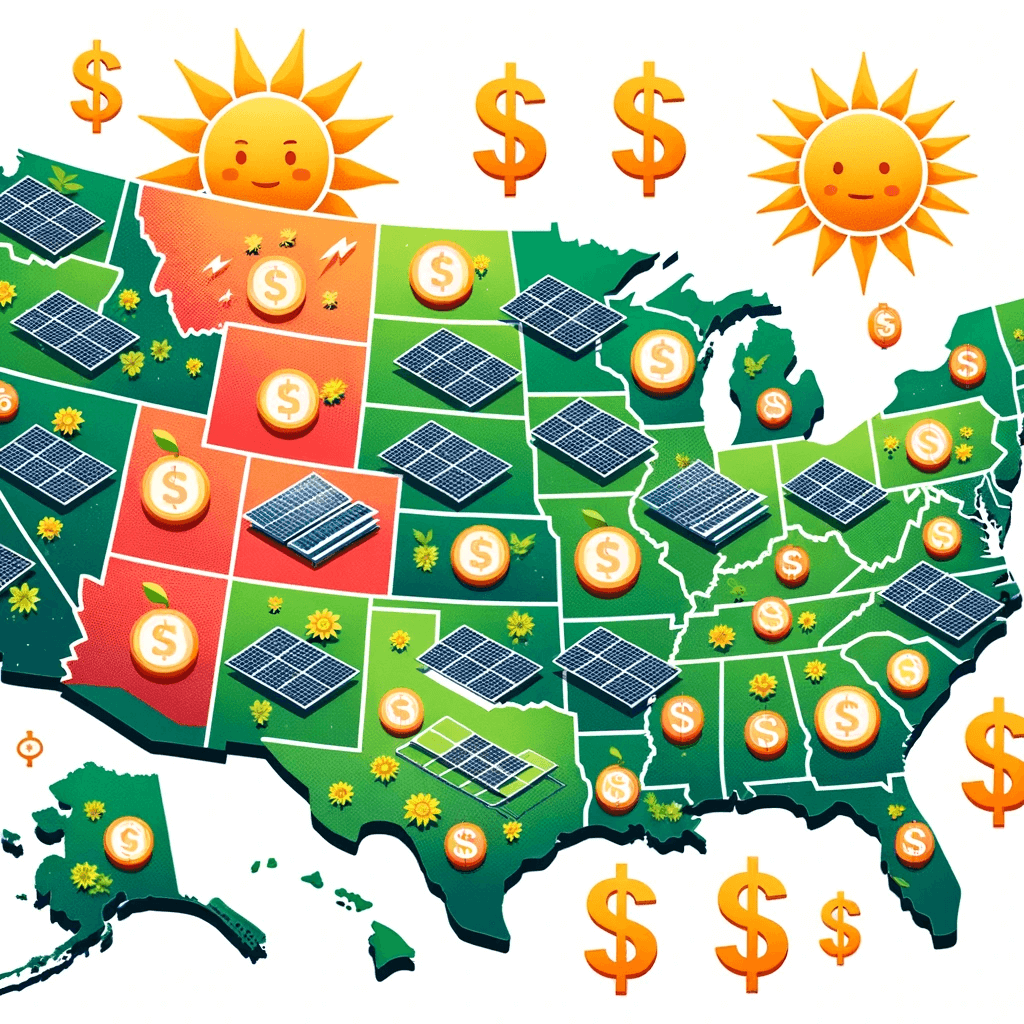Net Metering vs. Feed-In Tariffs
Introduction
In the realm of solar energy incentives, two prominent mechanisms stand out: net metering and feed-in tariffs. These strategies offer distinct approaches to rewarding solar panel owners for their contributions to the energy grid. In this blog post, we'll unravel the difference between net metering and feed-in tariffs, helping you make an informed choice that aligns with your energy goals and financial aspirations.
Understanding Net Metering
Credit for Surplus Energy
Net metering allows solar panel owners to earn credits for excess electricity they generate and send back to the grid. These credits can offset the electricity they consume from the grid when their solar panels aren't producing enough energy.
Billing Simplicity
With net metering, the excess energy you generate is subtracted from the energy you consume. You're billed only for the net amount of energy you use from the grid.
Exploring Feed-In Tariffs
Guaranteed Payment
Feed-in tariffs operate differently. Solar panel owners are paid a fixed rate for every unit of energy they generate, regardless of whether it's consumed onsite or fed back into the grid.
Incentive for Investment
Feed-in tariffs offer a reliable stream of income, making them an attractive option for individuals and businesses looking to generate revenue from their solar installations.
Comparing the Benefits
Financial Returns
Feed-in tariffs provide a consistent income stream, while net metering offers potential savings on electricity bills. Your choice depends on whether you prioritize revenue generation or bill reduction.
Ownership of Excess Energy
With net metering, you retain ownership of the excess energy you generate. With feed-in tariffs, the energy you contribute to the grid becomes a commodity that you sell.
Complexity vs. Stability
Net metering involves a simpler billing process, while feed-in tariffs offer a more predictable income stream. Your decision may hinge on your preference for simplicity or stability.
Frequently Asked Questions (FAQ)
-
Utility Restrictions: Some utilities cap the amount of energy that can be sold back, limiting potential credits.
Reduced Incentives: As solar adoption grows, some regions are reducing net metering benefits.
Seasonal Variations: Excess energy generated in sunny months might not fully offset less productive months, depending on the scheme's specifics.
Initial Costs: The upfront cost of installing solar panels can be high, even if they are offset by future savings.
-
While net metering enhances the financial appeal of solar systems by allowing homeowners to sell excess energy back to the grid, solar can still be worth it without it. Solar energy can significantly reduce monthly electricity bills. Additionally, battery storage systems can store excess energy for use during non-productive times, and there are other incentives and tax credits available that can make solar economically beneficial.
-
Fixed Rates: These tariffs often lock in a rate for energy sold back to the grid, which might not adjust with inflation or rising energy prices.
Contractual Obligations: Some feed-in tariff schemes have long contract periods, which can be restrictive.
Reduction Over Time: As more households adopt solar, some governments reduce the tariff rate, making it less lucrative for new adopters.
Ceiling Caps: Some programs have caps, after which they won't accept new participants.
Factors to Consider
Policy Landscape
Your choice may be influenced by the net metering and feed-in tariff policies in your region. Research local regulations to determine which option is more beneficial for you.
Solar System Size
The size of your solar system can impact your decision. Larger systems may generate more excess energy, making feed-in tariffs a potentially lucrative option.
Conclusion
Net metering and feed-in tariffs present unique avenues for solar energy incentives. Your choice should align with your financial goals, energy consumption patterns, and regional policies. Whether you're aiming for consistent income from your solar investment or seeking to offset your electricity bills, understanding the differences between these mechanisms empowers you to make a choice that optimizes your solar journey. So, weigh the pros and cons, consider your priorities, and embark on a solar path that resonates with your aspirations.






